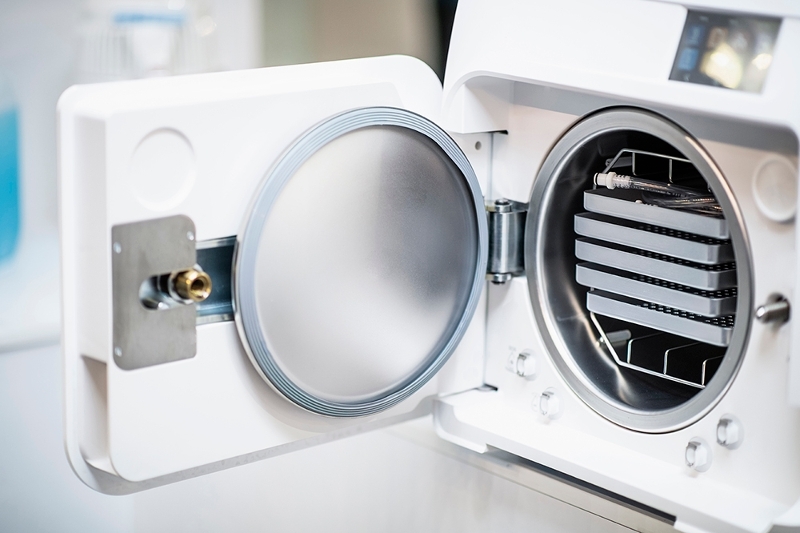Sterilising medical tools with solar energy
A device that can pressurise steam to power autoclaves using solar energy offers the potential to safely sterilise medical equipment in remote locations at low costs.

The team at Massachusetts Institute of Technology (MIT), USA, has tested a prototype in Mumbai, India. Lin Zhao, Graduate Student at MIT, says the device demonstrates “the feasibility of generating high-temperature, high-pressure steam for medical sterilisation in a passive and stationary solar device.
“Previously, steam beyond 100°C can only be efficiently provided by active solar-tracking collectors of high cost and complexity. This work opens up a new avenue to supply the required steam with high efficiency in a simpler and low-cost device.”
The system uses a lightweight and transparent silica aerogel with extremely low thermal conductivity (4x more insulating than fibreglass used in building envelopes). “In recent years, we have discovered a way to make the silica aerogel also optically transparent (>97% – more transparent than glass) by optimising the nanostructure of the material,” Zhao notes.
The aerogel layer is placed on top of a copper plate with a solar absorbing coating that converts sunlight into heat. Zhao explains that the backside of the absorber contains an attached tube that carries water for steam generation.
“Because of its optical transparency and ultra-low thermal conductivity, the aerogel layer allows the sunlight to pass and be absorbed by the copper plate while reducing the heat loss by 10x. With the aerogel layer, our relatively simple device achieves more than 2x higher energy efficiency and is comparable to systems with more sophisticated components. “During operation, sunlight is absorbed and converted into heat at the absorber plate,” he adds. “The heat is then conducted to the tube and boils the water inside to generate steam. For sterilisation, the steam is fed into a closed chamber to achieve the autoclave condition (121°C and 205kPa).”
In the field test in Mumbai, the solar steam generator was connected to a pressurised chamber, similar to currently used medical autoclaves. After sun exposure, the hot steam formed in the device starts to flow into the chamber, creating the required high temperature and pressure conditions for autoclaving.
“With enough exposure time under the sterilisation condition, we stopped the process by venting the chamber and examine the autoclave indicator tape to verify the sterilisation efficacy,” Zhao explains. “The entire process mimicked the actual medical sterilisation protocol adopted worldwide. The only difference is that the steam comes from the sun, instead of electricity or fuel, in our demonstration.”
Zhao notes that because the device is passive and stationary, most of the components are commercially available in the solar water heater industry. When the aerogel becomes available, the system could be mass-produced at a low cost.
“We plan to partner with solar collector manufacturers to produce our solar-autoclave prototypes and distribute them through local channels such as NGOs.”







